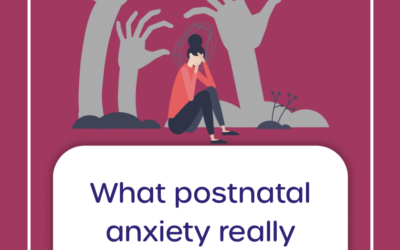Bedtime with a toddler can feel like an emotional rollercoaster. One night they’re drifting off peacefully… the next, they’re screaming if you so much as think about leaving the room. You’re trying everything—early bedtime, later bedtime, a warm bath, lavender spray, white noise, rewards, consequences—and still, nothing seems to stick.
Let me reassure you:
You are not failing.
You are parenting a tiny human with big feelings, growing independence, and a developing brain. Toddler sleep is complex—and if it’s feeling hard right now, that doesn’t mean you’re doing it wrong. It just means you may need the right tools.
That’s where the 3 Cs of a lasting, responsive bedtime come in: Calm, Containment, and Connection.
Let’s explore each of these—and how they can help you build a bedtime that actually works (and lasts).
Calm: Slowing Everything Down
Toddlers are like emotional sponges. If bedtime feels rushed, chaotic, or stressful, they absorb all of that—and reflect it right back at you.
That’s why the first foundation of a good bedtime is calm.
This doesn’t mean you need to be a zen master (especially after a long day). But creating a calming atmosphere in the hour before sleep helps your child’s brain and body start winding down.
Try this:
- Dim the lights about an hour before bed.
- Use gentle cues like a warm bath, quiet music, or soft voices.
- Avoid screens and overstimulating play after dinner—think: puzzles, books, or quiet play instead.
- Try a simple breathing exercise together: one hand on their tummy, slow breaths in and out. Even toddlers can join in when it’s playful.
Calm isn’t just a mood—it’s a signal to the nervous system that says: you’re safe, and it’s okay to let go.
When bedtime starts from a place of calm, you’re already halfway there.
Containment: Creating Predictability and Boundaries
Toddlers are constantly learning about the world—and sometimes that makes them feel a little out of control. The day is full of stimulation, decisions, and change. At bedtime, they don’t just need rest. They need containment: clear boundaries and predictable rhythms that help them feel secure.
Containment isn’t about being strict—it’s about being consistent.
This might look like:
- Always following the same order of events: bath → pyjamas → stories → cuddle → lights out.
- Having clear boundaries around how many books you’ll read or how long you’ll stay.
- Using reassuring phrases like: “It’s bedtime now. I’ll sit by the door while you fall asleep.”
One of the biggest shifts I offer families is moving away from clock-based routines and into a rhythm-based routine. Because life with a toddler doesn’t always run on time.
Instead of aiming for “bedtime is at 7”, think:
“After dinner, we start winding down. Then comes bath, story, and sleep.”
This rhythm builds predictability into your child’s body and brain, even when life gets messy. It also helps you make gentle adjustments when regressions happen—without starting from scratch.
Boundaries = safety.
When your child knows what to expect, they’re far less likely to push back—and far more likely to relax into sleep.
Connection: Filling the Emotional Cup
The last—and arguably most important—ingredient is connection.
Toddlers are wired for closeness. They crave your attention, reassurance, and presence—especially after a busy day apart or a time of big change.
At bedtime, your child’s need for connection might show up in clinginess, delay tactics, or sudden requests for “one more cuddle”. While this can be frustrating, it’s actually their way of saying: I need a little more of you before I can let go.
So instead of seeing these moments as resistance, try to see them as an invitation to connect.
Connection can be simple:
- A few minutes of special “you and me” time before the routine starts.
- Letting your child choose the story or the pyjamas (giving them a sense of autonomy).
- A consistent “goodnight phrase” or cuddle ritual that makes them feel seen and safe.
And if bedtime has become a battleground? Lean into connection even more. Many sleep struggles aren’t about sleep at all—they’re about separation, power, or emotional overflow.
When your child feels truly connected, they’re more able to separate, self-soothe, and fall asleep with confidence.
So What If It’s Still Hard?
Even with calm, containment, and connection in place, toddler sleep can still be bumpy. That’s okay. Developmental leaps, illness, changes at home, or even travel can cause regressions.
But a flexible bedtime rhythm gives you something solid to come back to. You don’t need to reinvent the wheel every time sleep goes wobbly. You just adjust your rhythm, reconnect, and trust the process.
Here’s what I always remind the families I support:
- It’s okay to stay with your child while they fall asleep—if it works for you.
- It’s okay to want more independence—and you can build it gently.
- It’s okay to feel like you’re winging it—that’s normal.
What matters most is not being “perfect”. It’s being present—and having the tools to navigate this stage with confidence and compassion.
Final Thought
If bedtime feels hard right now, you’re not alone—and you’re not doing it wrong.
You’re raising a growing, changing, sensitive little person who needs your support.
Start with calm.
Offer containment.
Lean into connection.
And if you need a hand? I’m here.




0 Comments